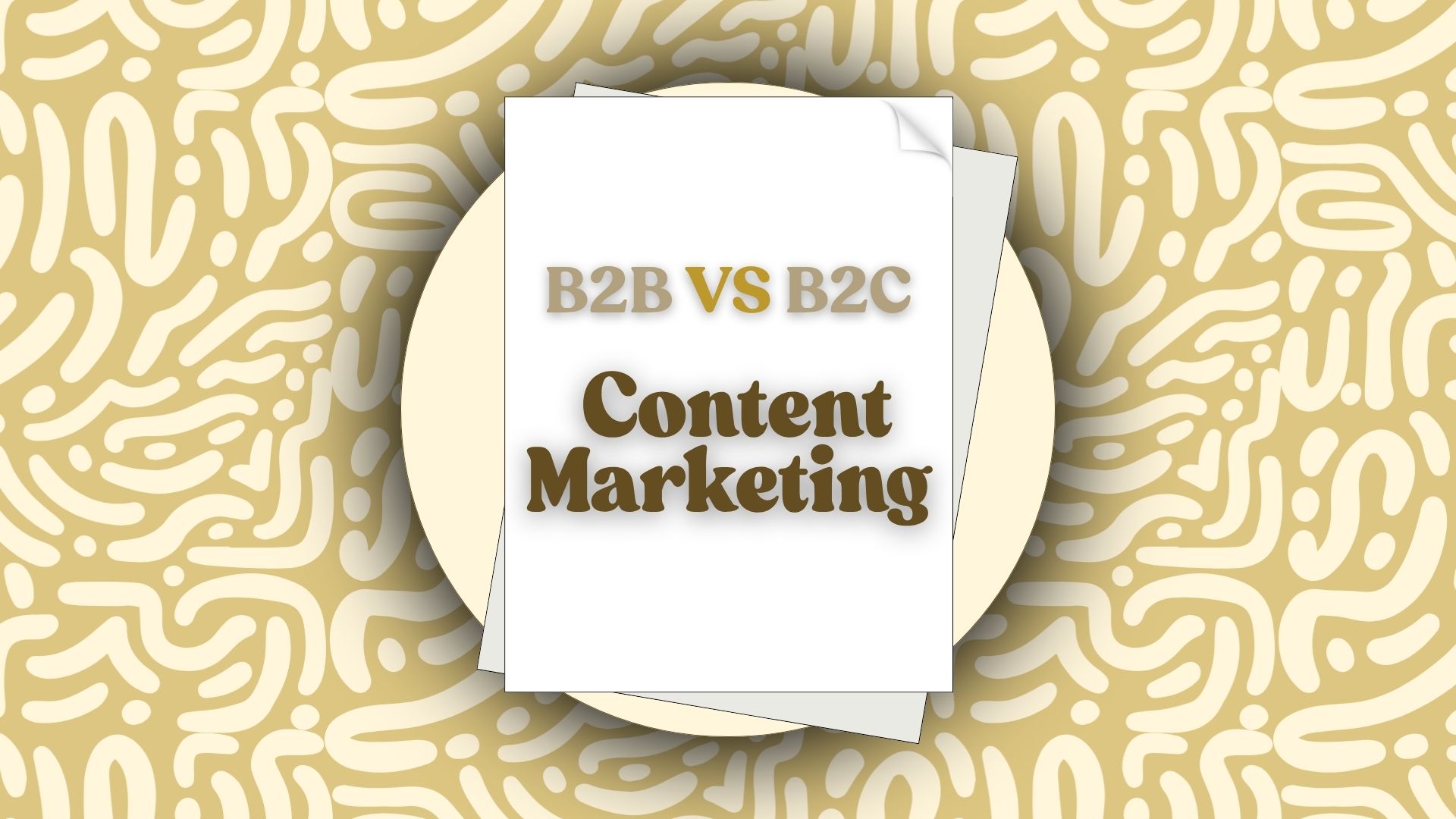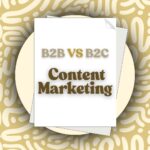The objective for B2C and B2B marketing is quite similar in the sense that it looks to engage and evoke a response. It’s the approach and strategy that tend to diverge from each other, as the audiences differ drastically.
Business-to-Business Content Marketing
Business-to-business content marketing looks at how it can push a product or service for an entire business/ team of employees, rather than a singular audience member. This requires an entirely different strategy than B2C content marketing, as it’s looking at long-term objectives like building trust, a reputation, and ultimately working towards a return on investment.
- Build rapport, trust and a reputation with content for this audience
- Context-driven content that appeals to a broader audience
- Data-led decision-making means it’s a longer sales funnel, and as such, content should serve to support but not be the driving factor in converting
Business to Client Content Marketing
Business-to-client content marketing is the typical style of marketing we encounter, from newsletters from your favourite brands to the ads we see as we scroll aimlessly on social channels.
- Customers are emotionally driven by products; it’s much more about the individual experience than anything else
- Behaviour and interest-driven
- A shorter sales cycle, which looks to inspire momentary responses like impulse buying
- An overall softer and simpler way to approach the audience, as it looks to create a sense of relatability or intrigue, which then encourages engagement
The Key Differences between B2C and B2B Content Marketing
There are some major differences in how content marketing is done when comparing B2B and B2C practices. The main things content marketing boils down to:
The Audience – The audiences differ so much, and the ways they discover and explore content to reach the end goal (a service or item). Content marketing tends to drive conversions much faster for B2C than its B2B counterpart, which often requires a slower, more thought-out approach to investing in a product or service.
This means the journey taken and the way they interact during that journey will be entirely different. While a B2C customer may become invested, feel a connection to a brand, a business (B2B) would make decisions that are informed by their existing strategy, budget and so on, which is what makes it a lengthier process to convert.
The Type and Tone of Content –
Business-to-business content often adopts a no frills, factual, professional format, cutting through any fluff and getting straight to the important details. Whilst this doesn’t always apply to B2B, it’s fairly typical to still see this matter-of-fact way of producing content.
B2C businesses can take more creative liberties with the styles of content, the message used for content, and the tone that it’s communicating. The tone is often much softer, relatable and approachable for a customer. It’s meant to connect with the audience on a deeper level than that of a B2B piece of content.
Content Formats and Destinations
Another difference in how content is marketed to these different audiences is via the format of content and the destination at which it is posted. You’ll find B2B companies posting in places that are widely seen as professional, including LinkedIn and paywalled websites.
Final Thoughts
While B2B and B2C content marketing share the same core goal—to engage audiences and inspire action—the paths they take to get there are worlds apart. B2B thrives on logic, trust, and long-term relationship building, while B2C speaks to emotion, immediacy, and personal connection. Understanding these nuances allows brands to tailor their content strategy with precision—meeting their audience exactly where they are and driving meaningful results that last.






